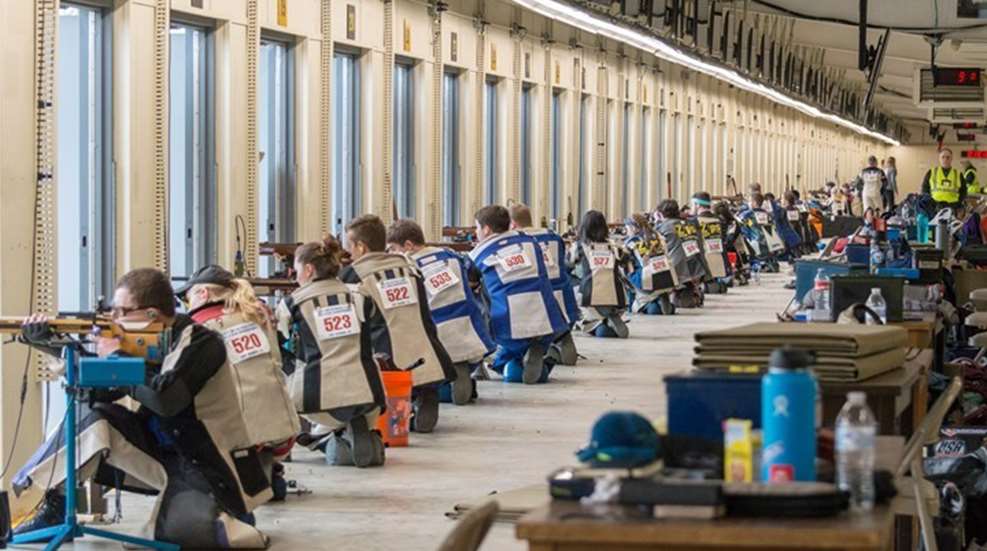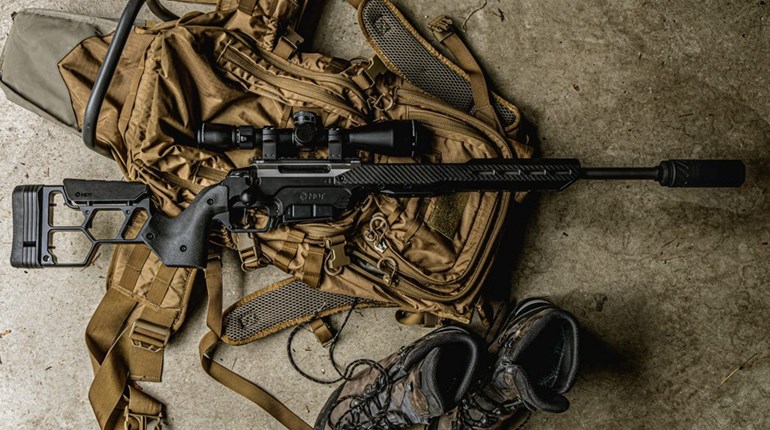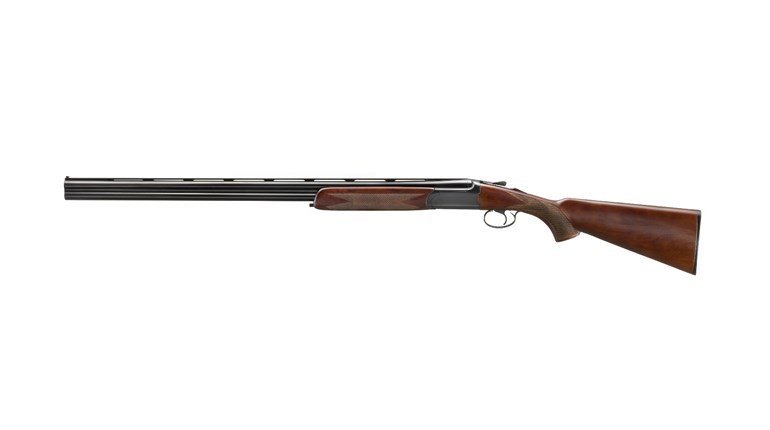
Putting together a budget outline is relatively easy once all the program's components are determined. It then becomes a matter of matching the price tag to the item. The first year's budget may seem high. The reason is the initial cost of securing equipment and, if necessary, getting a range in serviceable condition. These are one-time capital expenses. Operational expenses that will require funding on a regular basis include ammunition, targets, transportation, match fees, etc.
Campus officials will closely scrutinize the cost to the school and to the students in the program. The projected costs must be as accurate and realistic as possible. A proposal's credibility can be seriously damaged if the projected budget is improperly prepared.
Learn how the school determines the fiscal or budgeting year. It may be based on the calendar year or the school year. Be sure it is consistent with the school's accounting system.
Traditionally, the expenses in any budget are preceded by the projected income for the budget period covered. The cost (expenses) projections are developed first to give some idea of how much money will be needed.
Now that the expenses are listed, the next question is how those bills will be paid. Financing a project will be the largest hurdle. Regardless of the program's inherent merit to the students or the school, its ultimate success in the proposal stage will depend on the soundness of its financing.
Naturally, the budget for a specific program will vary depending on a number of factors. These factors include the shooting discipline chosen (air gun, rifle, pistol or shotgun), the length of the activity (semester, school or calendar year) and the type of program (intramural, ROTC, physical education course, club or varsity sport). Be sure the budget correctly describes the desired program and accurately presents all anticipated costs. Most of your work is done once the costs are known.
Now it's time to apply imagination and creativity in solving the next step. Start with the most obvious sources of potential income—the students and the school. Again, look to the immediate goal for an idea of how to start. What type of program is being proposed? Under what organization within the school or student structure will it operate? Will ROTC or physical education departments offer it or will it be an intramural or intercollegiate athletic activity? The answer will provide the first place to look for funding.
Students who pay range or match fees might generate funds. There may be funds from the student fees paid to the student organization that benefits or has an interest in the proposed program. See if they have any funds available to help defray the program's expenses. Department budgets, intramural budgets, student government budgets and any other contingency or miscellaneous line items on any budget are fair game.
The type of program will point to the first door that needs to be knocked on. For example, if the program is to be an ROTC or physical education course, those departments might include some or all of the costs in their annual budgets. A school's intramural council might have money set aside for each intramural sport. Some funding might be found in the athletic department budget for a club or varsity program. List the amount pledged from each source. If a match or range fee is to be charged to participants, estimate the number of students expected. Be realistic and choose a modest figure.
Compare the amount of funding anticipated from these initial sources to the projected expenses. School funding sources will cover most of the expenses. It is a good idea to maintain a fundraising component to the program to build a reserve of funds for any unexpected need because equipment will need to be replaced eventually, and facilities may need repair. A sample budget may look like the following (no amounts or totals included):
Intramural Budget for Fall/Spring Semester 20XX
Capital Expenses
- Range renovation
- Backstop repair
- Ventilation upgrades
- Target carriers
- Paint and brushes
- Shooting tables
- Public address system
- Equipment
- Rifles, pistols and shotguns
- Spotting scopes
- Shooting attire
- Hearing protection
- Safety glasses
Operating Expenses
- Range
- Electricity
- Ammunition
- Equipment
- Targets
- Cleaning supplies
- Travel and lodging
- Awards
- Affiliation fees
- NRA club dues
- Other affiliations
- Administration
- League bulletin
- Supplies
- Postage
- Fundraising expenses
- Misc. expenses
Projected Income
- Athletic department
- Intramural council
- Student fees
- Student government
- Fundraising
- State shooting association
- Outdoor gun club
- Bank
- Alumni
- Turkey shoot
- Car wash
- Bake sale
- Carnival
- Safety course fees
- Range fees
- Team sponsorship
- Match program ads
- Grants
Scholarships
Every university has its own structure for obtaining scholarship monies—be it for sports or academics. Several universities have scholarships available to the shooting team. Most scholarship funds are found in the rifle discipline, but scholarships are also available for pistol and shotgun.
Some ways to find scholarship money for an existing shooting program is through the athletic department, state gun collector organizations or ROTC units. Financial aid comes in many forms. It could be a one-time gift with funding amounts changing from term to term, or renewable every year. Scholarships can cover any costs, ranging from student fees (including tuition and books) to full scholarships.
Another way for a new coach to get help creating a scholarship for a competitive shooting program is to reach out to collegiate coaches that have existing scholarships.
Finally, know the rules before starting a scholarship program. Review the eligibility rules that apply to the college—especially recruiting guidelines. The NCAA website can be helpful.
Read more: The Basics of Collegiate Shotgun Competition



































